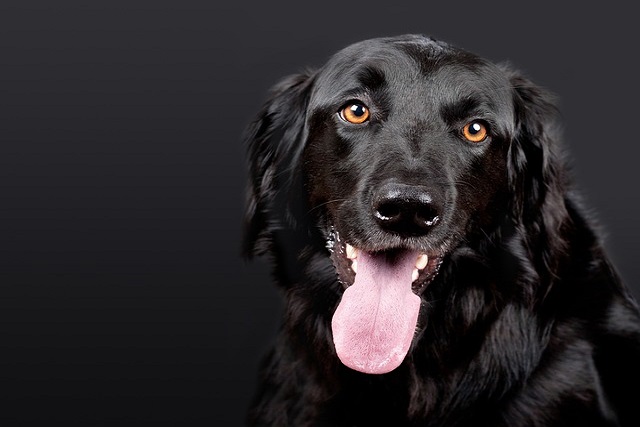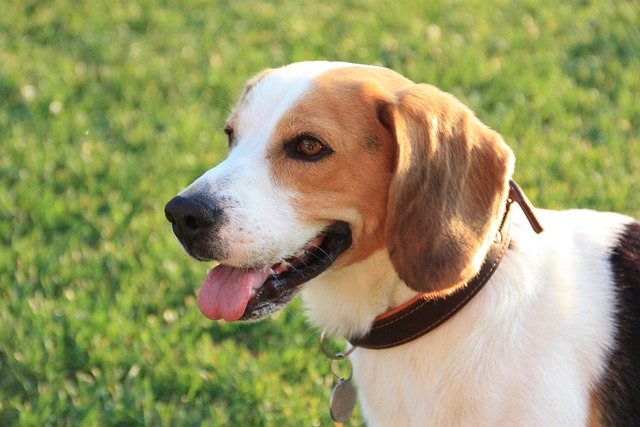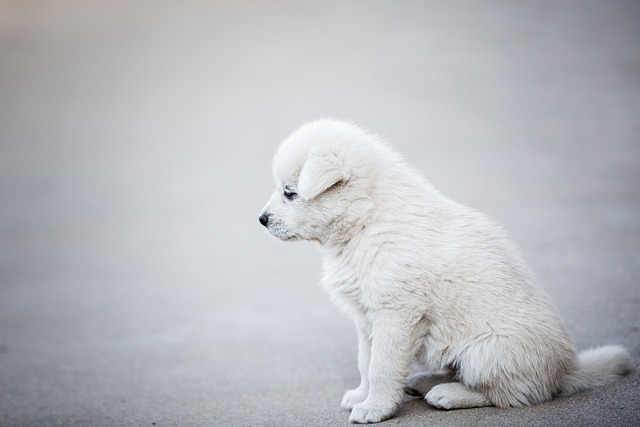
Can I use coconut oil to make hair conditioner for my dog
If you’ve ever finished bathing your dog, reached for the bottle of dog conditioner, and realized it’s empty—staring at a jar of coconut oil in your pantry instead
If you’re a new dog parent in the US—maybe you’re in your Arizona apartment, noticing your 3-year-old Cocker Spaniel, Bella, has a stench that won’t go away no matter how many baths you give her, or your rescue Lab mix, Max, in Michigan has started skipping meals and hiding his food bowl—you might not connect these issues to her teeth. But bad teeth in dogs aren’t just a “cosmetic” problem; they can trigger a long list of health issues, some even serious. Let’s break down what those problems are, why they happen, and how to stop them—plus how this fits with local pet rules and habits.
First, let’s keep the science simple: A dog’s mouth is full of bacteria, and when teeth get tartar (crusty plaque) or cavities, those bacteria don’t stay put. They can seep under the gums (causing gingivitis, which makes gums red and bleeding) or even enter the bloodstream, traveling to organs like the heart, kidneys, or liver. Over time, this can lead to organ damage—scarier than just bad breath! Even mild bad teeth cause pain: imagine eating with a cavity every day; your dog might slow down while chewing, drop food, or avoid hard toys (they’re not “picky”—they’re hurting). Take Lisa, a first-time owner in California: Her 5-year-old Shih Tzu, Mochi, had bad breath for months, and Lisa thought it was “normal.” When Mochi started limping (turns out bacteria from her teeth had irritated her joints), the vet found advanced gum disease. After a dental cleaning and antibiotics, Mochi’s breath improved—and she stopped limping.

Here’s how to prevent these problems, step by step: Start with daily brushing—use a soft-bristled dog-specific toothbrush and toothpaste (human toothpaste has fluoride, toxic to dogs!). Make it fun: Sit on the floor with your pup, give a tiny freeze-dried chicken treat before brushing, and gently scrub their back teeth (where tartar builds most) in small circles. If they squirm, pause and reward them—never force their mouth open or scold them. Punishment makes them fear teeth time, and US animal welfare norms ban it; positive reinforcement is the only way to build trust. Next, swap sugary treats for dental-friendly ones: carrot sticks, vet-approved dental chews, or plain yogurt (probiotics help fight mouth bacteria). For apartment living (common in NYC or Chicago), clean their food bowl daily—sticky kibble bits feed bacteria, and a dirty bowl can make bad breath worse. Finally, see your vet every 6–12 months for a dental checkup; they can remove tough tartar you can’t reach and spot early issues before they turn serious.
Now, let’s tie in rules and community habits that matter. Every US state requires core vaccines (distemper, parvovirus)—regular vet visits (mandatory for vaccine updates) are the perfect time to check your dog’s teeth. Skipping these could mean missing early gum disease, and in states like Florida or New York, neglecting your dog’s oral health might lead to welfare checks. When you walk your dog (even after a dental cleaning), always clean up their poop—cities from Seattle to Boston have fines up to $300 for leaving waste, and it keeps shared spaces healthy. If you live in an apartment, avoid giving your pup table scraps (like pizza crust or candy)—they’re high in sugar, which fuels plaque growth, and crumbs attract pests. And during dog park visits, don’t share hard treats with other dogs—you don’t know their dental health, and it could worsen existing pain for them.
Bad teeth in dogs are preventable with small, consistent steps. By brushing daily, visiting the vet, and following local rules, you’ll keep your pup’s mouth healthy—and avoid bigger, scarier health problems down the line. Your dog can’t tell you their teeth hurt, so it’s up to you to be their advocate.

If you’ve ever finished bathing your dog, reached for the bottle of dog conditioner, and realized it’s empty—staring at a jar of coconut oil in your pantry instead

If you’re a new dog parent in the US—maybe you’re sitting on your New York apartment floor, watching your 1-year-old Golden Retriever

If you’re a new dog parent in the US—maybe you’re sitting on your Arizona apartment floor, holding your 6-month-old Beagle’s ear open with one hand

Most Labrador owners start wondering about their pup’s coat change around the time those tiny paws turn into bigger, more energetic ones. Typically, Labs begin losing their soft puppy coat between 4 and 6 months of age.

If you’re a new dog parent in the US—maybe you’re staring at your Texas apartment counter, holding a $200 groomer bill for your Goldendoodle’s last trim

Finding loose fur on your puppy’s bed or your couch can make any new owner pause—wondering if it’s a sign of trouble or just part of growing up.